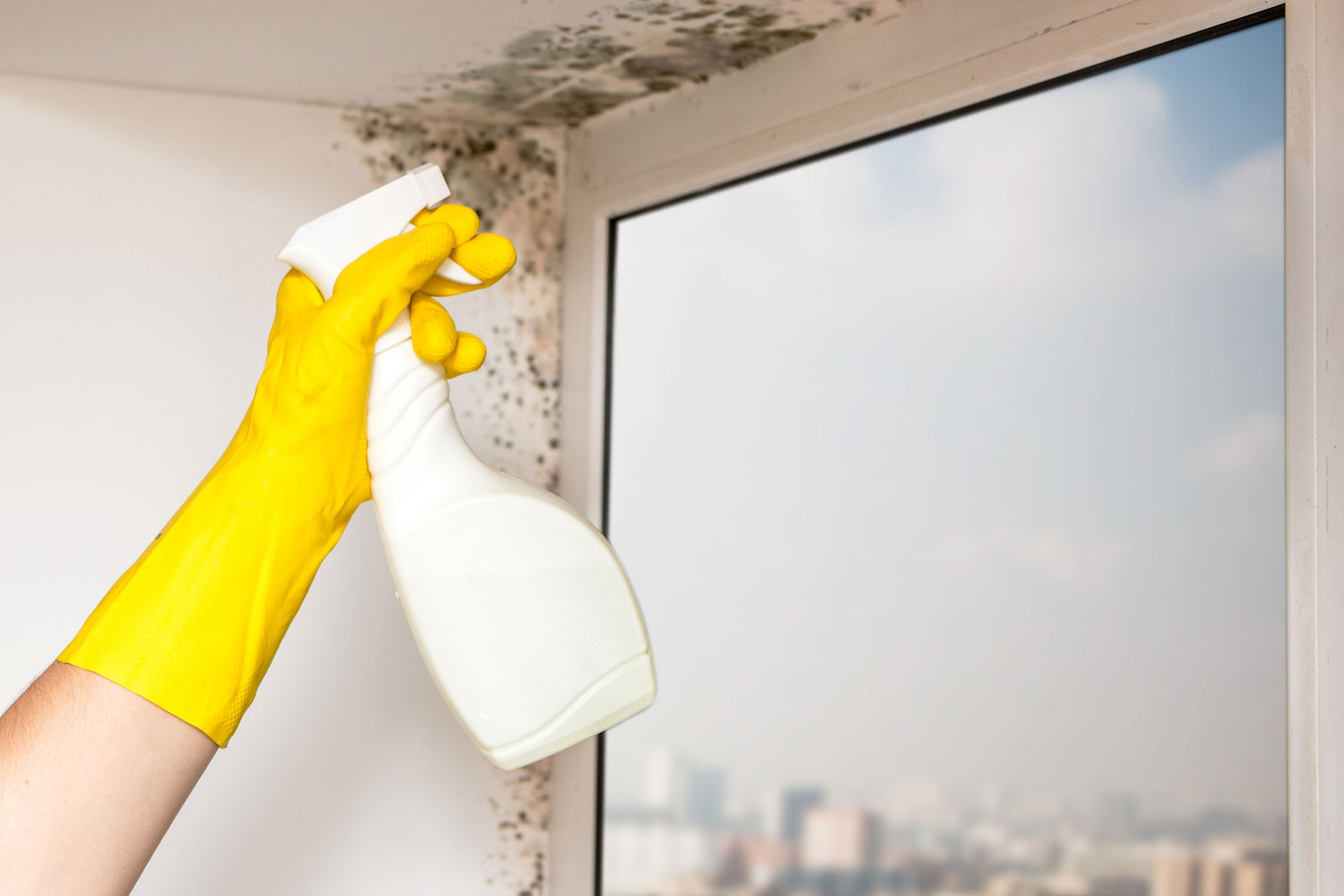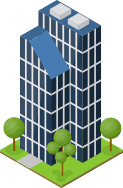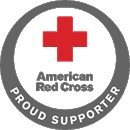At Water Mold Fire Restoration, 800-905-0277, we are often asked about the best mold and mildew removers. Our answer often depends on what type of material the mold or mildew is growing on. It also depends on which is present, mold or mildew.
The Difference Between Mold and Mildew
Most people use the terms mold and mildew interchangeably, but they are two different types of fungi. Mildew grows on the top of things, on the surfaces. It has a flat appearance and its growth pattern usually resembles a dark colored spill or in splash-like pattern. Mold usually grows in circular patterns and rises above the surface as it grows. Mold will grow “through” materials and has a slightly fuzzy appearance.
Mildew typically does less damage than mold. It is easier to get rid of than mold because it only grows on the surface. The proper cleaner and some elbow grease will usually remove mildew. Mold, on the other hand, causes permanent damage to the materials it grows on. It usually requires physical removal of the affected materials because it will grow beyond just the surface and cannot be completely removed by just wiping it away.
Mold and Mildew Removers: Hard Surfaces
Hard, or non-porous surfaces materials are considered to be materials such as porcelainand ceramic tile, fiberglass, plastic, metal, and glass. These materials are non-porous, meaning that water, air, or other fluids will not pass through them.
On these types of surfaces a solution of chlorine bleach and water works well. Cleaners that contain antimicrobial ingredients are also effective to use on hard surfaces. They are often more effective than bleach and can be found at many home improvement stores. Some of the better ones are RMR and Concrobium brand products like RMR-141, RMR-86, and Mold Control. They are ready to use right out of the bottle and require little to no scrubbing.
Mold and Mildew Removers: Porous Surfaces
Surfaces that are considered to be porous are just the opposite of non-porous. Fluids and air can and will pass through them. The above-mentioned RMR products work well on these surfaces also. But great care must be taken when attempting to remove mold from porous surfaces. Because mold will grow through porous materials like wood, drywall, and concrete (yes, concrete is a porous material, water will pass through concrete given time and/or hydrostatic pressure) there may be mold “hiding” inside these materials. This is why professional mold remediators will recommend replacement of porous materials. If you can’t see inside the wall or the material that is affected, how can you be sure the mold is completely removed?
Recommended Mold and Mildew Removers
RMR-86
RMR-141
Concrobium Mold Control
ProRestore Mediclean Disinfectant Spray
Benefect Botanical Disinfectant (from plant extracts with no warnings on the label)
EcoClean Solutions Lemocide
Help for Removing Mold and Mildew
Cleaning or removing mold and mildew from contaminated materials should be done carefully. It is easy to spread the mold and mildew spores to other previously unaffected areas of your home. At Water Mold Fire Restoration, we recommend establishing containment using 6 mil plastic and HEPA air filtration devices to prevent the spread of the spores.
For the most part, mold remediation requires specific training and equipment to safely remove mold and mildew contamination from houses. Sometimes hiring a professional is the best way to go. Our mold removal teams are nationally certified in mold remediation by the IICRC, a global organization dedicated to the certification and training of restoration professionals. Contact Water Mold Fire Restoration at 800-905-0277 or at help@watermoldfire.net.








